Research
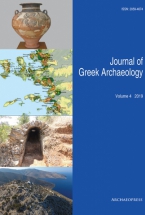
Ancient literary sources provide us with conflicting accounts concerning whether the physically deformed and impaired were socially marginalized in the ancient Greek world. However, one underutilized source of evidence that bears the potential to shed light on this...
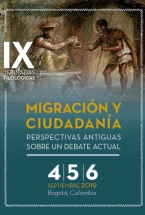
Resumen: El cuento de la mujer que se venga de un marido infiel o abusivo al asesinar a sus hijos es una leyenda que cruza los océanos, las fronteras y los siglos. En la mitología griega, aunque la versión ateniense del mito es el la más famosa, la figura de Medea...
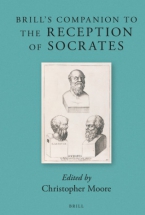
Brill’s Companion to the Reception of Socrates, edited by Christopher Moore, provides almost unbroken coverage, across three-dozen studies, of 2450 years of philosophical and literary engagement with Socrates – the singular Athenian...
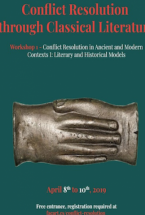
This paper continues and expands previous work on peace and sport in the ancient world. There is no more enduring value in today’s global sporting culture than the pursuit of peace. Yet it has long been observed that tension between the International Olympic...
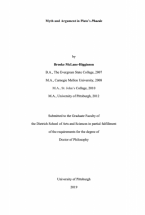
This dissertation argues for reading the myth at the end of Plato’s Phaedo as part of the overall argumentative structure of the dialogue. Using the Toulmin method of argument analysis, I analyze each of Socrates’ proofs for the immortality of the soul, as well as...
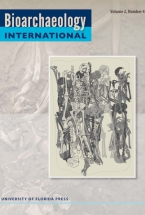
Os resectum, or “cut bone,” is an obscure Roman funerary rite known primarily from literary sources. To date, archaeological examples have been recovered from Rome, Ostia, Herculaneum, and Pithekoussai, but no cases have been positively identified in the...
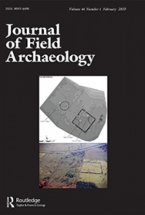
At the end of the Late Bronze Age, around 1200 B.C., the Hittite Empire of Anatolia collapsed. While that collapse has been well studied, the effects on Hittite-held lands are less so, with many archaeologists positing an abandonment in Hittite territories for a...
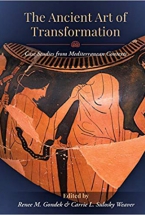
The Ancient Art of Transformation: Case Studies from Mediterranean Contexts examines instances of human transformation in the ancient and early Christian Mediterranean world by exploring the ways in which art impacts, aids, or provides evidence for physical,...
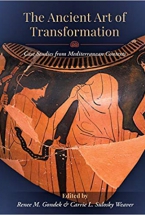
Romans of all social classes fervently sought some measure of immortality. Bearing witness to these desires, funerary monuments were constructed as appropriate memorials for the dead. Some were commissioned by the deceased themselves or, in the event no...
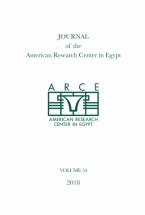
Scholars heatedly debate the existence of coregency in the Middle Kingdom, and especially contentious is that between Senwosret III and Amenemhet III. Despite a lack of double-dated monuments, there are numerous stelae and small finds that juxtapose the names of...
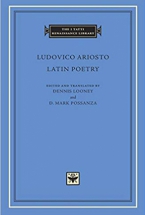
Ludovico Ariosto (1474–1533), one of Italy’s greatest poets, was a leading figure of sixteenth-century Italian humanism. After some years working in the household of Cardinal Ippolito d’Este, to whom he dedicated his dazzling romance epic Orlando Furioso (1516),...
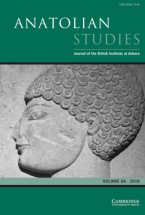
Abstract: The contents of 118 inhumation burials (seventh to twelfth centuries CE) excavated at Hacımusalar Höyük (ancient Choma) were studied in order to reconstruct the Byzantine population. Overall, the sample was similar to other Byzantine populations:...
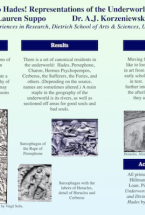
This project looks into representations of the underworld in Greco-Roman antiquity from myth, tragedy, philosophy, and art. It aims to create a comprehensive map of the geography of the underworld, how this picture may have changed overtime, and the...
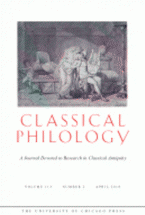
A New Text of Apuleius: The Lost Third Book of the “De Platone.” By Justin A. Stover. Oxford and New York: Oxford University Press, 2016. Pp. [xviii] + 216.
Christina Hoenig (University of Pittsburgh)
Injecting new excitement into...
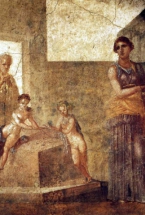
The legend of the wife and mother who avenges herself on an unfaithful or abusive husband by murdering their children is one that crosses oceans, boundaries and centuries. Even in antiquity, though Euripides’ Athenian treatment of the myth is the most...
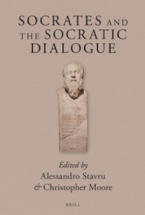
Socrates and the Socratic Dialogue assembles the most complete range of studies on Socrates and the Socratic dialogue. It focuses on portrayals of Socrates, whether as historical figure or protagonist of ‘Socratic dialogues’, in extant and fragmentary texts from...
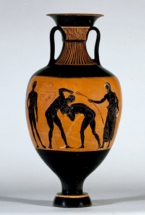
Museum displays can serve to educate and inform the public about various concepts and classes of objects. However, the ways in which these displays present information is typically filtered through selective interpretive lenses that reflect a variety of biases,...
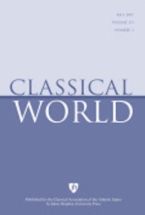
The influence the Harvard School has had on my scholarship? Among the questions you ask, this is a challenging one indeed, Professor Hejduk, and it comes at an (in)opportune time: I have recently published a monograph on the Aeneid (Stahl 2016, subtitled a Recovery...
The scientific study of ancient human remains reveals important information about life in past societies. Based on careful visual inspection, it is possible to determine the age, sex, stature, and state of health of skeletons, while biomolecular analysis of bone can...
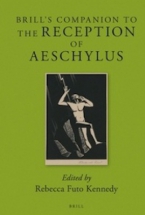
This chapter offers a broad survey of nearly fifty Spanish American receptions (in translation, adaptation, and re-performance) of the seven extant plays of Aeschylus since the nineteenth century. The approach is expository and panoptic, rather than interpretive,...
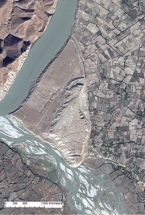
High-resolution satellite imagery has proved to be a powerful tool for calculating the extent of looting at heritage sites in conflict zones around the world. Monitoring damage over time, however, has been largely dependent upon laborious and error-prone manual...
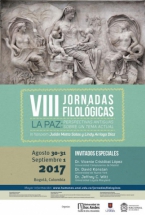
My paper examined the history and rhetoric of the ancient “Olympic truce” (ekecheiria), which aimed at ensuring safe passage for athletes and spectators to and from the festival of Zeus at Olympia. Conceived on the bloody battlefields of the Peloponnesian War, the...
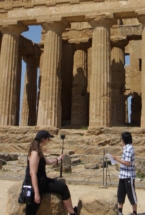
As part of their presentations in Greek Archaeology (CLASS 1610), this year's Pitt in Sicily students created 360° videos at sites around the island. You can view the videos on YouTube by searching "Pitt in Sicily", or simply clicking ...
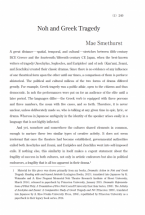
A great distance―spatial, temporal, and cultural―stretches between fifth - century BCE Greece and the fourteenth/fifteenth-century CE Japan, when the best-known writers of tragedy(Aeschylus, Sophocles, and Euripides)and of noh(Kan’ami, Zeami, and Zenchiku)created...
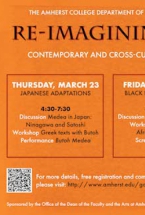
Prof. Smethurst spoke about the history of performances of Greek tragedy in Japan with a focus on the productions of “Trojan Women” and “Medea” by Suzuki Tadashi, Ninagawa Yukio, and Miyagi Satoshi.
